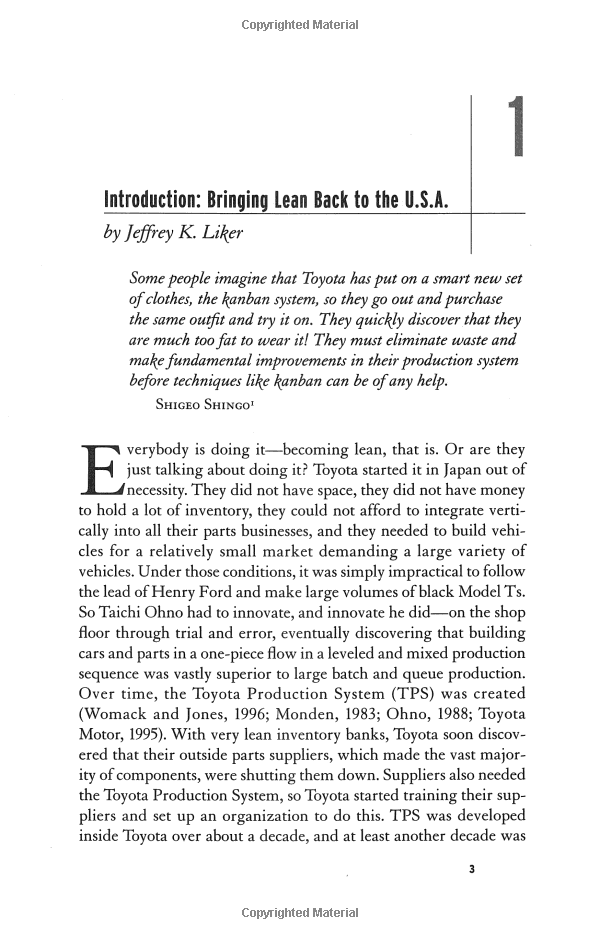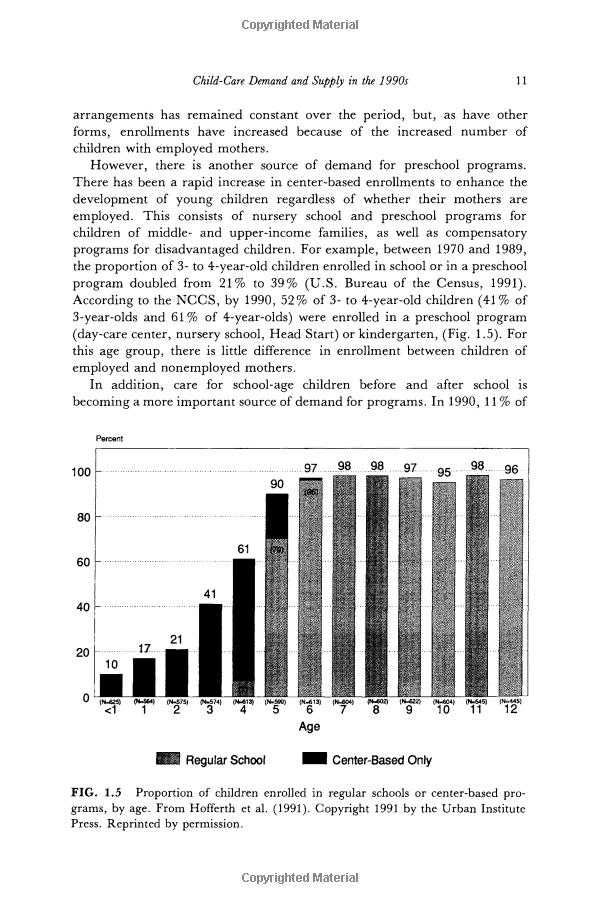Understanding the Savings and Loan Crisis of the 1980s: Causes, Consequences, and Lessons Learned
Guide or Summary:Causes of the Savings and Loan Crisis 1980sConsequences of the Savings and Loan Crisis 1980sLessons Learned from the Savings and Loan Crisi……
Guide or Summary:
- Causes of the Savings and Loan Crisis 1980s
- Consequences of the Savings and Loan Crisis 1980s
- Lessons Learned from the Savings and Loan Crisis 1980s
The savings and loan crisis 1980s stands as one of the most significant financial disasters in American history, affecting thousands of institutions, millions of depositors, and the broader economy. This crisis, which unfolded primarily during the 1980s, was characterized by the collapse of numerous savings and loan associations (S&Ls) across the United States. To fully grasp the implications of this crisis, it is essential to delve into its causes, the fallout it created, and the lessons that can be drawn from it.
Causes of the Savings and Loan Crisis 1980s
The roots of the savings and loan crisis 1980s can be traced back to a combination of deregulation, poor management practices, and economic factors. In the late 1970s and early 1980s, the U.S. government began to deregulate the financial industry, allowing S&Ls to engage in riskier investments that were previously prohibited. This shift aimed to increase competition and profitability but ultimately led to reckless behavior among many institutions.

Additionally, the economic environment of the time played a critical role. The country faced high inflation and rising interest rates, which severely impacted the traditional business model of S&Ls. These institutions typically borrowed money at low short-term rates and lent it out at higher long-term rates. As interest rates soared, many S&Ls found themselves unable to cover their obligations, leading to significant financial strain.
Consequences of the Savings and Loan Crisis 1980s
The fallout from the savings and loan crisis 1980s was profound and far-reaching. By the end of the decade, over 1,000 S&Ls had failed, leading to a costly government bailout that ultimately amounted to around $124 billion. The Federal Savings and Loan Insurance Corporation (FSLIC) was responsible for insuring deposits, and its insolvency prompted the government to step in and create the Resolution Trust Corporation (RTC) to manage the assets of failed S&Ls.
The crisis not only resulted in substantial financial losses for taxpayers but also eroded public confidence in the banking system. Many depositors lost their life savings, leading to widespread disillusionment with financial institutions. The repercussions extended beyond the financial sector, contributing to a recession in the early 1990s and impacting the housing market.

Lessons Learned from the Savings and Loan Crisis 1980s
The savings and loan crisis 1980s serves as a cautionary tale for policymakers and financial institutions alike. One of the primary lessons is the importance of regulatory oversight. The deregulation that precipitated the crisis highlighted the dangers of allowing financial institutions to operate without sufficient checks and balances. In response, the government implemented stricter regulations and oversight mechanisms to prevent a similar crisis from occurring in the future.
Moreover, the crisis underscored the need for sound risk management practices within financial institutions. Many S&Ls engaged in speculative investments without adequate risk assessment, leading to catastrophic failures. Today, risk management remains a critical component of financial operations, emphasizing the importance of maintaining a balanced and prudent approach to lending and investment.
In conclusion, the savings and loan crisis 1980s was a pivotal moment in American financial history, marked by reckless behavior, regulatory failures, and significant economic consequences. Understanding this crisis not only sheds light on the complexities of financial systems but also highlights the importance of robust regulatory frameworks and sound management practices. By learning from the past, we can work towards a more stable and resilient financial future.
